They’re vanishing—and most people don’t even realize it. Red pandas, with their teddy-bear faces and cinnamon-colored fluff, seem too adorable to be in danger. But behind that cuteness is a crisis. Their forests are shrinking. Their food—bamboo—is disappearing. And illegal traps meant for other animals often catch them instead. The numbers are dropping fast, but all hope isn’t lost. From remote Himalayan sanctuaries to hands-on rescue efforts, people are racing to protect what’s left. This is a fight not just for one species—but for an entire mountain ecosystem. Let’s find out what’s pushing red pandas toward the edge—and meet the people trying to pull them back.
Habitat Destruction
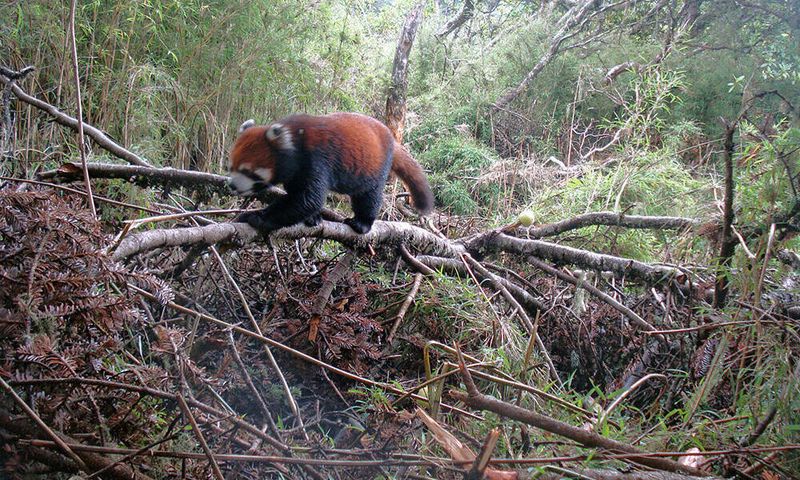
The delicate balance of the red panda’s habitat is disturbed by rampant deforestation. In regions like Nepal and Bhutan, forests fall prey to agricultural expansion. India and China also see trees felled for urban development.
This fragmentation isolates red panda populations, limiting their access to food and mates. Imagine a patchwork quilt where pieces are missing, creating gaps in the red panda’s home that are hard to bridge.
A single road through their habitat can be a barrier, making once-accessible areas unreachable. These divided territories spell disaster for their survival.
Poaching and Illegal Trade
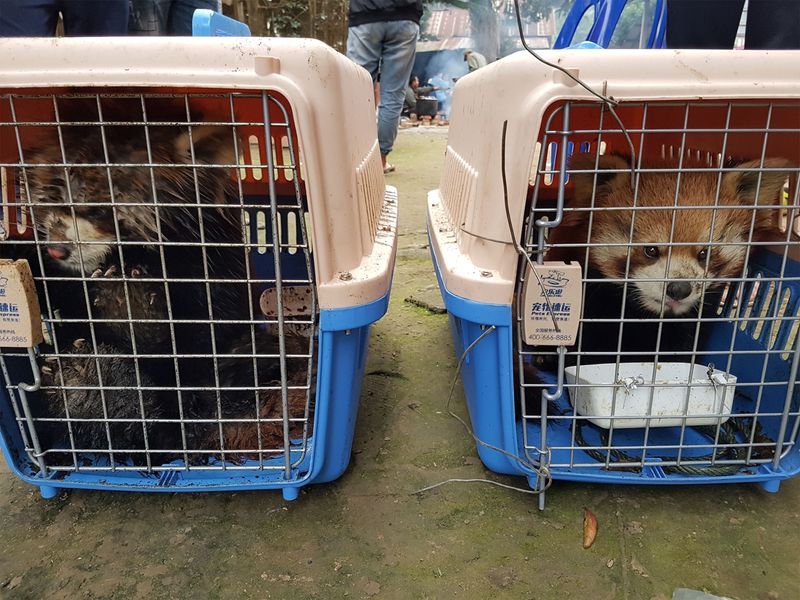
Despite legal protections, red pandas are not safe from poachers. Their striking fur makes them targets for the illegal wildlife trade. Some are even captured for the exotic pet market, where their charm becomes a curse.
This trade is a shadowy world, operating quietly yet causing loud disruptions to wildlife populations. It’s a cruel irony that the very traits making red pandas beloved also put them in danger.
Enforcement struggles to keep up with the demand, as the black market continues to thrive, threatening their existence.
Climate Change Impact
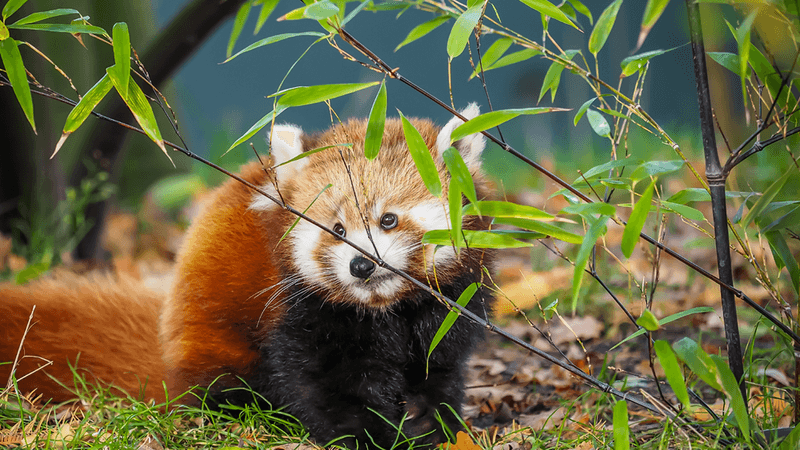
Rising temperatures and shifting weather patterns alter bamboo growth, the staple diet of the red panda. This change forces these adaptable creatures to search further afield for food, venturing into unsafe territories.
In places once lush with bamboo, scarcity now reigns. Picture a once bountiful buffet now reduced to crumbs. This challenge tests their resilience and adaptability.
Climate change isn’t just an abstract threat; it’s a daily survival challenge for the red panda, altering the landscape they depend on for nourishment.
Genetic Diversity Loss

With numbers dwindling, inbreeding becomes a stark reality for red pandas. This genetic bottleneck weakens the species, making them more susceptible to disease and reducing fertility rates.
When the population is sparse, finding unrelated mates is a challenge. It’s like searching for a needle in a haystack, where every step is met with hurdles.
This loss of genetic diversity undermines their ability to adapt to changing environments, threatening their future survival.
Conservation Reserves

In response to their plight, conservationists establish protected reserves across Asia. These sanctuaries offer a safe haven where red pandas can thrive without human interference.
By restoring forests and creating corridors between fragmented habitats, these reserves are lifelines. Imagine islands of safety in a sea of threats, where red pandas roam freely.
Community involvement is key, as local populations play a part in preserving these areas, ensuring red pandas have a fighting chance.
Breeding Programs
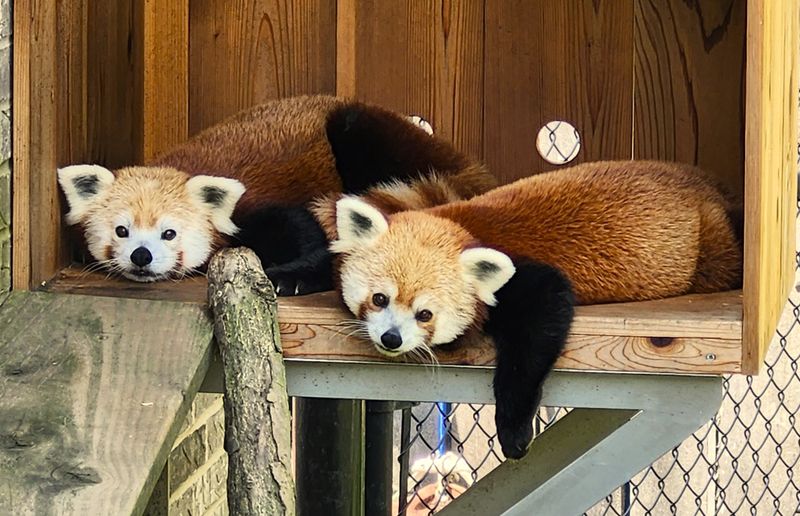
Breeding programs in zoos worldwide add a crucial layer to conservation efforts. These initiatives not only bolster numbers but also maintain genetic diversity outside the wild.
New generations of red pandas are born in controlled environments, where every birth is a victory against extinction. It’s a painstaking process, akin to nurturing fragile hopes.
Such programs provide a genetic reservoir, vital for reintroducing healthy individuals into their natural habitats.
Education and Awareness
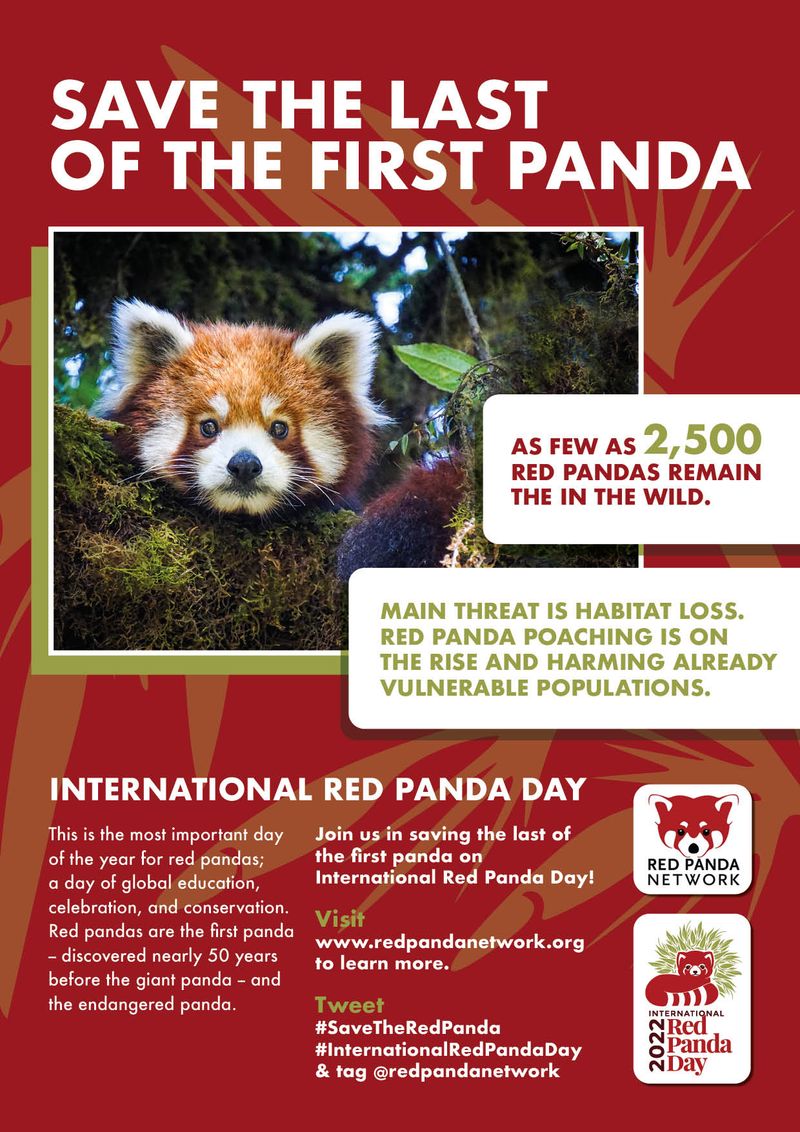
Awareness campaigns are the unsung heroes of conservation. By educating the public about red pandas, misconceptions are dispelled, and support for conservation grows.
In classrooms and communities, the story of the red panda unfolds, inspiring future generations. It’s a narrative of hope and responsibility, urging humans to act.
Educational efforts spark curiosity and empathy, transforming passive observers into active participants in conservation efforts.

